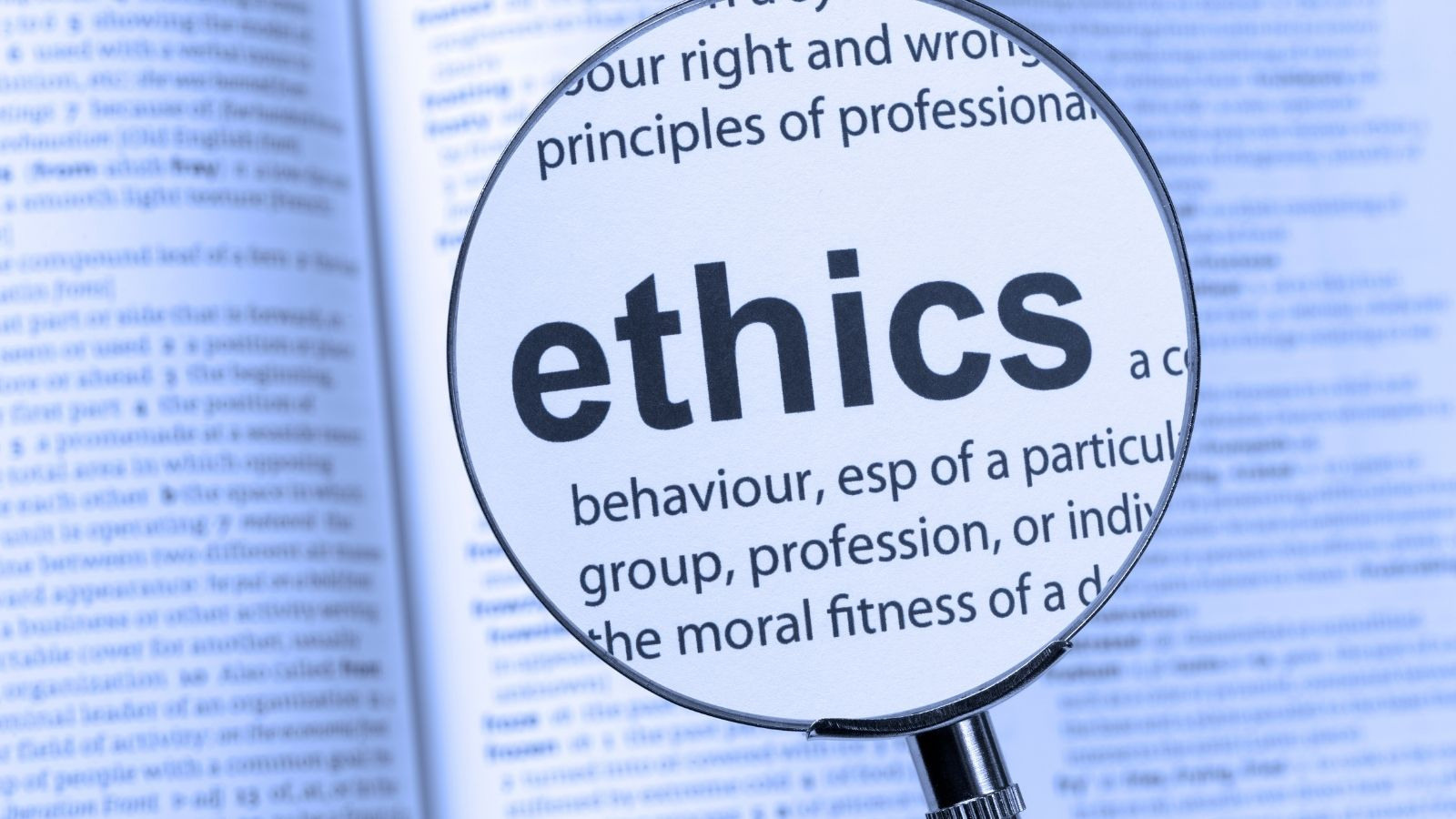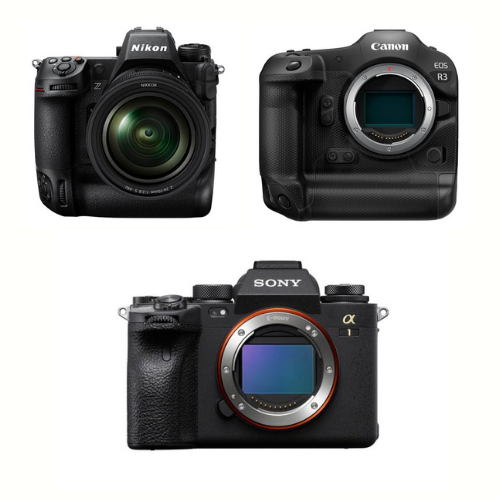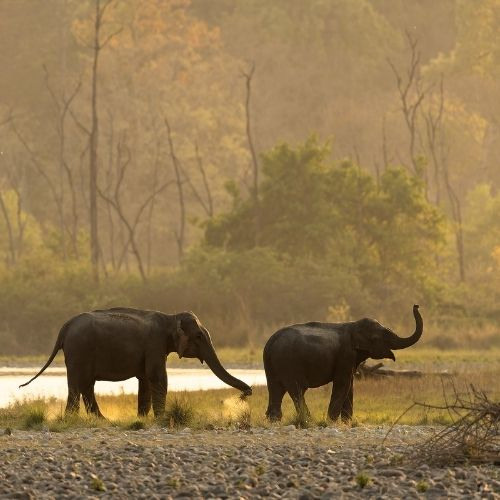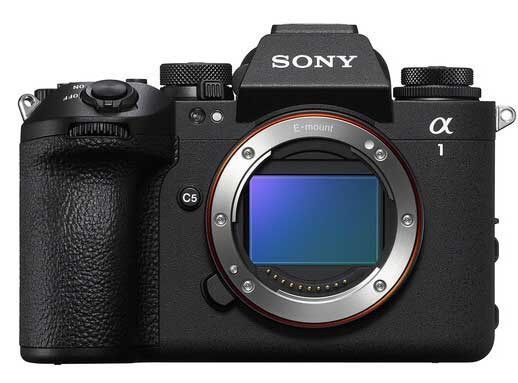
It is important to have a valid reason for doing Wildlife Photography to be able to really enjoy it. I do my wildlife photography for the love of the wonderful creatures on the planet. I find myself “feel at home” when I am in nature and taking pictures of wildlife just became an extension or an excuse for making such nature escapades. As everyone knows, birds and animals are reducing in numbers. I try my best to create awareness to the birds and animals with my images. I try to show my subjects in their best light to people who miss seeing them in their day-to-day lives. Sometimes, these images go viral and lot more people will get to learn about the animals and this may result in much needed support and awareness towards them. I also try to also support local communities or organizations surrownding wildlife by making trips to various destinations. I also intend to sell my images to fund conservation efforts as well.
As photographers, one could list out many unethical practices in wildlife photography. So many ways in which we could endanger or hurt our subjects and this makes it hard to define what is unethical. Each photographer is prone to form their own opinions on the matter. However it is important to validadate them with peers from time to time. Some photographers argue that ethical standards depend on the type of shoot and subject. For example, if you are photographing a local animal, you have a much lowered set of standards compared to documenting a rare species in the wild. However in my opinion, every animal or bird should be treated the same way and with the same amount of respect. The bottom line is to use common sense. If you think that you are putting your subject and the habitat in danger just stop what you’re doing and move back.
Now the below content is my personal opinion bundled up with information I collected from other photographers that made sense. Thank you for giving a patient read to this.
1. Understanding “Wildlife Photography”
Wildlife Photography by definition is shooting Wild Animals or Birds in their natural habitat. Now shooting caged, staged, captive or animals/birds that are not acting off of their free will is not regarded as Wildlife Photography. Making the audience believe the photo is natural when it is not, is unethical. Now is it bad to take photos of wild animals or birds in zoos? Of course not. Zoo’s are a good way for you to hone in your skills as a photographer before making your real wildlife trips. Zoo’s are a good way for people to learn about wildlife as well. By going to the Zoo, you are supporting the animals that are housed there too. However, you need to make sure that you visit only legitimate sanctuaries or zoos and avoid places where wild animals are exploited for profit. It is also very important to state or mention where and how you took the images. Transparency gets you respect. Withholding truth, lying or passing off such images as shot in the wild is quite lame and earns no respect among peers. If you’re not comfortable sharing how you got the shot, that’s a clue that you might not have made the best choice in getting it.
2. Subject is always First
Nocturnal Flash Photography, Den and Nest Photography, Baiting for Photography, Chasing or Provocating wildlife to get the shot, Crowding animals or birds, Irresponsible Off-roading etc all constitute to bad practices for Wildlife Photography where your subject’s life is put at risk. These should be avoided at all costs. There is no wildlife picture worth the cost of any action that could put the subjects life at risk. For example, a famous photographer started feeding a fox in a national park in the US a while back to get close shots of it. This basically changed animals behavior towards humans and the animal started approaching visitors to the park. Later, the animal had to be put down by the authorities to safeguard the visitors. The irresponsible behavior of the photographer resulted in the animals untimely and unwanted death. So, once again, the subject is more important and not the few photographs you’d click. What joy in killing an animal with your photographs?
3. Research and Respect your subjects
It is extremely important to know your subjects to find the most suitable method to taking pictures of them in the wild. There is absolutely no need to approach your subjects very close to get the shot especially with affordable long telephoto lenses available in the market. When moving around an area, it is important to be quiet and discrete. Not only does this increase the chances of spotting wildlife, but it reduces disturbance to the subject. Always try to blend in. Camouflage outfits are recommended as a means of reducing the visual distraction caused by the presence of photographers. There is no shame in wearing one. Wildlife should not be manipulated or handled in any way for the purposes of photography; such as spraying water on them to create artificial rain; forcing them into unnatural poses, for example, with strings; or confining, restraining or trapping them in order to stop movement. Intentionally spooking an animal by shouting or throwing objects towards them can cause an animal to expend unnecessary energy in a flight response or scare a parent bird away from a nesting site. Photographing endangered species or those known to be targets of poaching must be exercised with utmost caution. This may put these animals in harm’s way. Refrain from sharing when and where the image was taken in order to avoid giving this information to would-be poachers or to further exploitation/disturbance of the subjects.
4. Respect for fellow wildlife photographers and Guides
Sometimes, you may be photographing in a group or you may end up in a situation where you may run into other photographers in the field. They may have waited for much longer time to get the shot. Be mindful of that and do not end up blocking or disturbing their shot. Always stay low and discrete while near wild animals to avoid disturbing them. Allow your peers to get their shots too. Remember that your desire to photograph an animal doesn’t outweigh the rights of others to observe and photograph them, too. If you’re shooting in an unfamiliar location, it is also advisable to go with a guide who knows the area well. A thorough knowledge of the environment is beneficial for your own safety and for that of the animals you encounter. We have all done this before sometime or the other. Sharing wildlife location for notoriety or bragging rights is not the right thing to do. Always exercise caution when sharing location and ensure that you share it with people who themselves are responsible with that information. It is silly to be offended when someone does not share a location, perhaps your time to photograph the subject will come when the time is right.
5. Driven by Compassion
Nature and wildlife need our stories, perhaps now more than ever. But we also need to nurture a heightened sense of awareness about the effects of our presence in the wilderness. The things outlined by me can provide a starting point, although practicing ethical wildlife photography is not just about rules of right or wrong. It’s all about bringing good decision-making to bear each time that we’re out in the wild, because each animal is different. And we are all different. As with so many other things we do, ethical wildlife photography springs from empathy. We may not have all the answers, and we may make mistakes; but we can always strive to be aware and compassionate. Reach out to fellow wildlife photographers if you are in doubt regarding a certain practice and if your peers are giving you valid advice or recommendations, take them with respect. No one knows everything. It’s up to each one of us to use the power we have as wildlife photographers—both amateur and professional—to act with great care for the animals and eventually make amazing pictures.
So, here’s to finding wonderful places, amazing experiences, beautiful wildlife and to excellent ethically captured photos…
Journal

The Clash of the Titans!


